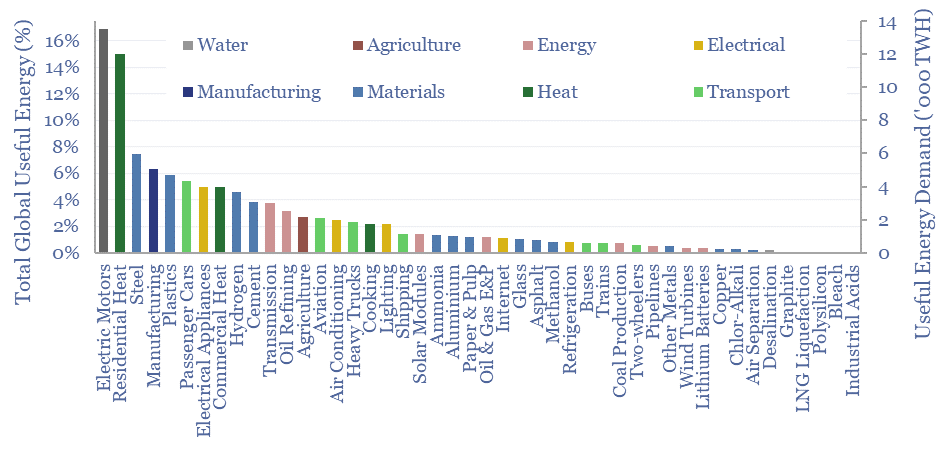
…methanol, oil & gas E&P, oil refining, other metals, paper & pulp, passenger cars, pipelines, plastics, polysilicon, refrigeration, residential heat, shipping, solar modules, steel, trains, transmission, two-wheelers and wind turbines….
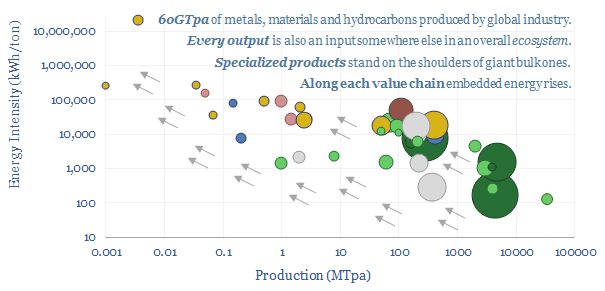
…of hydrogen pipelines. Yet here in the Baltics, we do not have a complete 2-lane highway to Western Europe (video below, more on page 9). https://player.vimeo.com/video/857377730?h=77a1e8bec7&badge=0&autopause=0&player_id=0&app_id=58479 It is sometimes said…
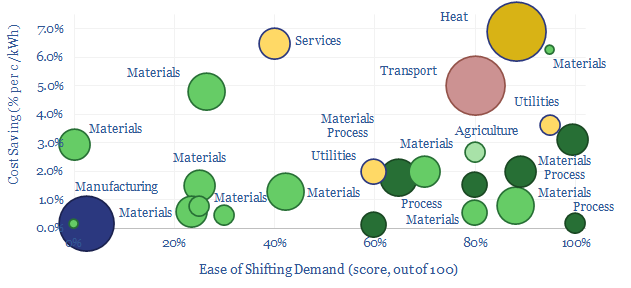
…Similar examples include pipelines and utility pumps. In the tech industry, the internet uses 1% of all global energy and 2% of all global electricity, of which one-third is data-centers…
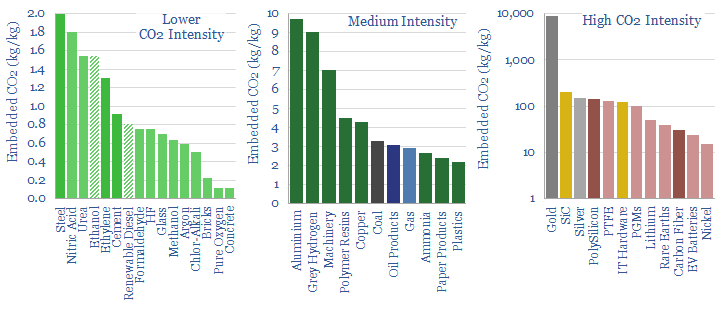
…the different CO2 intensities or energy intensities of different companies. The best example is looking at acreage position by position in the US oil and gas industry, refiners, gas pipelines,…
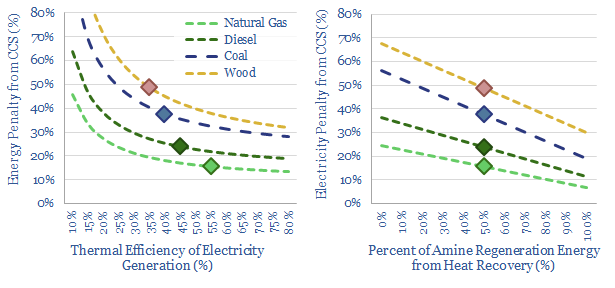
…CCS. They include direct electricity use (e.g., for CO2 compression in pipelines and disposal facilities). And they include thermal loads in the amine reboiler, absorbing heat that could otherwise have…

…will underpin 1,000 TWH of internet energy consumption, in turn boosting demand for gas, gas pipelines, gas turbines, uranium, industrial cooling equipment, fiber optics, and unlocking transformative new technologies including…
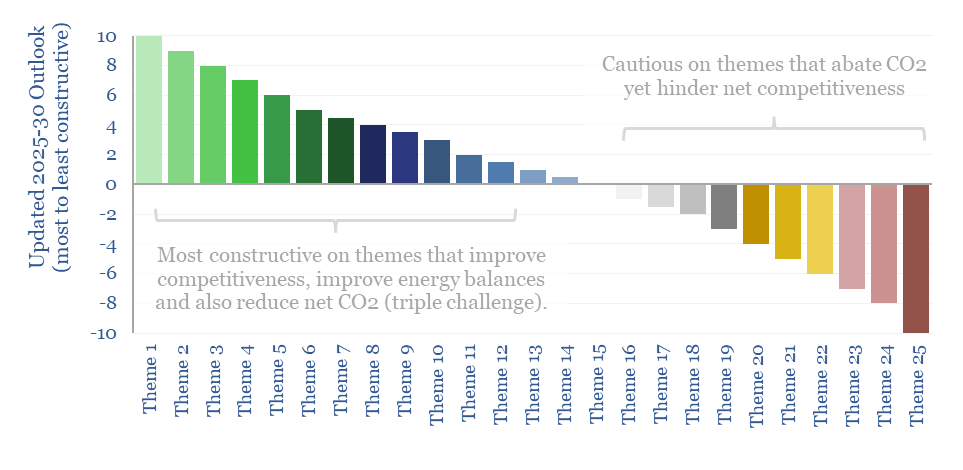
…grow more constructive on gas production, gas pipelines, gas turbines on pages 11-12. Some solar and onshore wind deployments genuinely can improve the competitiveness of energy systems, when deployed in…
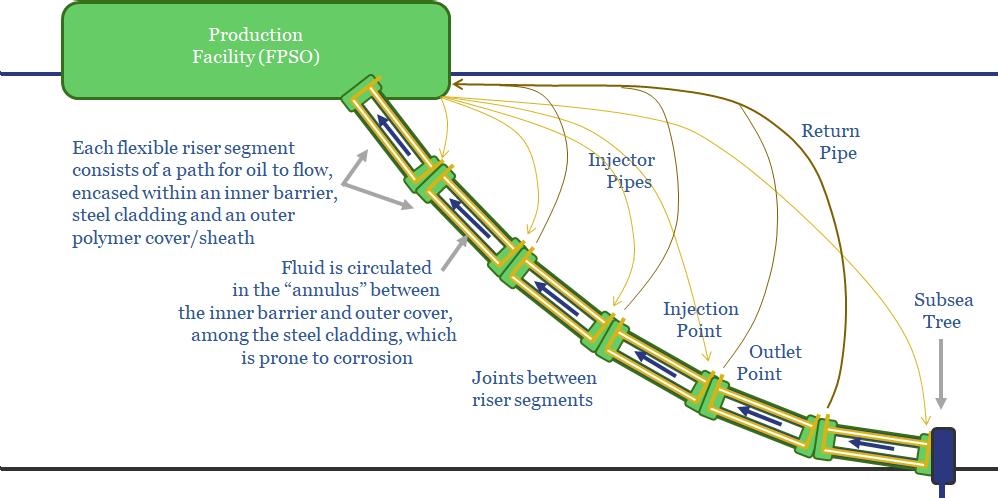
…be fabricated, installed and maintained. After weighing up the additional complexity of circulating anti-corrosive fluids through the cladding of flexible pipelines, we grow more positive on the relative simplicity of…
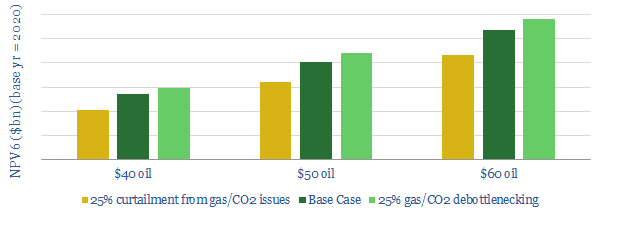
…and CO2. These will be 2-2.5x larger FPSOs than Lula, by tonnage. Pages 8-10 illustrate pipeline bottlenecks facing pre-salt Brazil. After considering alternative options (re-injection, LNG), we argue more pipelines…
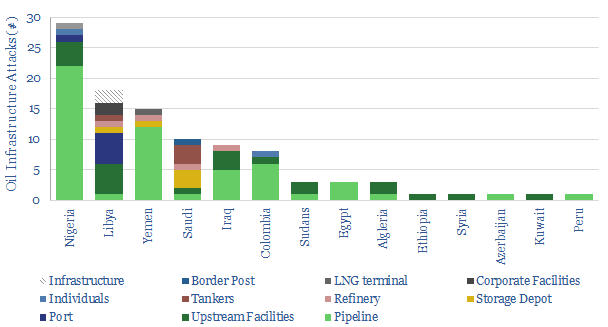
Over 100 attacks on global energy assets made major news headlines in the past decade. The majority were small-scale, targeting pipelines in conflict-regions, because this was the infrastructure most accessible…










